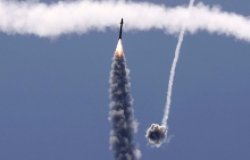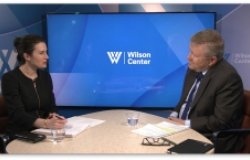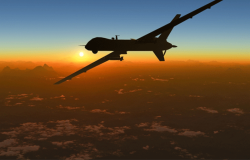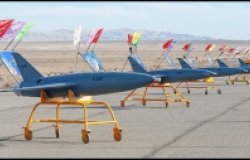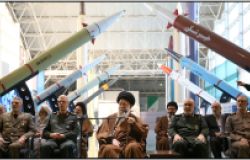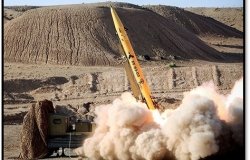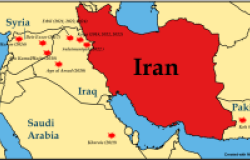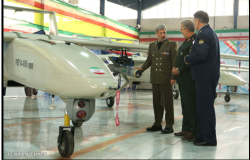India and the US Pivot to Asia
The US strategic plan is to continue providing global security with emphasis on “rebalance toward the Asia-Pacific region.” Such a pivot is not new, but has been in play since the end of the Cold War, argues Robert M. Hathaway, director of the Asia Program at the Woodrow Wilson International Center for Scholars. The strategy requires a long-term partnership with India, as an economic and security anchor in the region. Priorities for both countries vary, particularly in regard to China, leading to divisions within each country as well. Many in India do not want their nation to take part in any Sino-American cold war or conflict and accuse the US of ignoring shenanigans from Pakistan. Indians are also wary about US plans to withdraw troops from Afghanistan and the likely resulting chaos. Both countries have conservatives who oppose reliance on partnerships and agreements that could constrain their military. Ultimately, Hathaway concludes, strength of nations as global actors depends on ensuring economic security and meeting domestic challenges. – YaleGlobal
The original version of this article first appeared on February 24, 2012 in the YaleGlobal, an online publication by the Yale Center for the Study of Globalization.
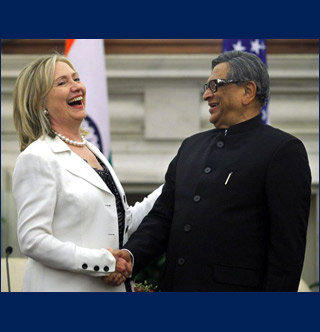 WASHINGTON: Like some modern-day Columbus, America has discovered Asia. What took so long, many Indians might reply, citing their own 2,000-year history. And the reaction of others might be, So what?
WASHINGTON: Like some modern-day Columbus, America has discovered Asia. What took so long, many Indians might reply, citing their own 2,000-year history. And the reaction of others might be, So what?
In January, US President Barack Obama journeyed to the Pentagon to unveil a new strategic plan designed to articulate US defense priorities for the coming decade. While American military forces will continue to contribute to security around the world, this document asserted, “we will of necessity rebalance toward the Asia-Pacific region” (italics in original). This doctrine and its underlying premises have been widely described as a US “pivot” toward Asia.
But as India’s ambassador in Washington has recently reminded us, the idea of a “pivot” is hardly new. Jawaharlal Nehru, India’s first prime minister, used this term to characterize India even before there was an India, saying of his not-yet-independent country, “We are of Asia. . . . [India] is the pivot of Western, Southern and Southeast Asia.”
In truth, there is little new in the Pentagon’s “new” strategic posture. The January strategy document simply codified the shift in American thinking that has been under way for some years. Well before the president’s visit to the Pentagon, and independent of any pivot, the United States ended military operations in Iraq and pledged to withdraw all combat troops from Afghanistan by December 2014. At a more basic level, US diplomats have been talking about the growing significance of Asia since the end of the Cold War.
New or not, what does the US pivot to Asia mean for India? Indeed, is India even on Washington’s Asia-Pacific map? On the latter point, there can be no question. The January strategy document refers specifically to “the arc extending from the Western Pacific and East Asia into the Indian Ocean region and South Asia.” In a speech last fall, Secretary of State Hillary Clinton defined Asia-Pacific as reaching “from the Indian subcontinent to the western shores of the Americas.” Not to be outdone, Indian diplomats have taken to referring to the “Indo-Pacific” region – a term, one can guess, that will not gain much traction in China.
Equally tellingly, the January document observes that the United States intends to invest in a “long-term strategic partnership” with India in order that New Delhi might serve as a “regional economic anchor and provider of security in the broader Indian Ocean region.” This is not mere rhetoric, not when one considers that none of Washington’s other major Asian partners are even mentioned in this document – nary a sentence for Japan, Korea, Australia or Indonesia. As Clinton recently wrote, “the United States is making a strategic bet on India’s future.”
The pivot is sometimes portrayed as reflecting growing anxieties in Washington about a rising China. This is a vast oversimplification, but also holds more than a kernel of truth. And to the extent that the pivot does reveal US uneasiness about China’s future course, many in India, where the People’s Republic of China is widely viewed as the country’s greatest long-term threat, will applaud Washington’s new emphasis on Asia. Nonetheless, New Delhi will not wish to be drawn into the middle of heightened Sino-American rivalry, should this occur, nor permit India to be cast as a junior partner to the United States in a cold war with China.
This Indian ambiguity reflects different views in Washington and New Delhi on both the nature and the locus of the Chinese challenge. Indian strategists worry that Washington seeks to draw New Delhi into more active opposition to Chinese ambitions in the South China Sea or elsewhere in East Asia, and accuse the United States of willful blindness toward Chinese intrigues in South Asia more directly threatening Indian interests – such as Beijing’s activities in Pakistan, including Chinese construction on the port of Gwadar and most especially Chinese support for Pakistan’s nuclear activities, but also alleged Chinese inroads in Burma, Bangladesh, Nepal and Sri Lanka.
For other reasons as well, not all Indians welcome the American pivot toward Asia. Most immediately, New Delhi, unconvinced that the Afghans will be ready to assume full responsibility for their security, is not happy about US plans to terminate combat operations in Afghanistan no later than 2014. The United States should stay the course in Afghanistan, many Indians say, and not leave India holding the bag. Some American analysts retort that India is perfectly willing to see the United States fight in Afghanistan to the last American.
This is unfair, Indians reply, and vastly underestimates the importance to India of stability in Afghanistan. Indeed, New Delhi has been a significant non-military actor in Afghanistan in recent years; the $2 billion of aid it has provided Kabul makes it one of Afghanistan’s largest bilateral donors. Last autumn Delhi signed a strategic partnership agreement with Kabul that commits India to an enhanced role in guaranteeing stability in Afghanistan once NATO departs. The US drawdown, Indians warn, should facilitate rather than undermine that stability. Chaos in southwest Asia, they add, will inevitably limit the attention Delhi can give to Asia farther east.
Indian defense hawks fear the US shift to Asia for a different reason. This influential group worries about India remaining a security free-rider – i.e., relying on other powers for basic security rather than committing the resources necessary to guarantee Indian security and project power far from Indian shores. To the extent that a greater US role in the region encourages such shortsightedness in New Delhi, these analysts argue, the American emphasis on Asia simply reinforces dangerous tendencies already present in India.
Ultimately, of course, Indians must decide for themselves whether they are prepared to become an Asia-Pacific power or remain only a sub-regional actor. Hillary Clinton clearly expressed US preferences on this matte when, during a visit to Chennai last year, she forcefully stated that Washington supported India’s “look East” policy – and “we encourage India not just to look east, but to engage East and act East as well.”
In any event, for all the new US focus on Asia, declarations of intent and enunciations of strategic doctrines are not by themselves sufficient either to reorient global realities or to safeguard US interests. While it is not explicitly part of the administration’s pivot toward Asia, any serious US strategy for the 21st century must begin with domestic renewal: repairing a badly broken political system that appears incapable of making tough decisions; more closely aligning government revenues and expenditures; investing in economic infrastructure and human capital; containing health care costs that, if left unchecked, will eventually bankrupt the country.
The American pivot is intended to reassure friends and warn competitors that the United States retains both the resolve and the capacity to exercise strong leadership in the Asia-Pacific. At the end of the day, however, American success or failure in the 21st century will be determined less by any pivot toward Asia than by how skillfully the United States addresses its domestic challenges. This requires both political will and significant economic resources. The same can just as easily be said for India: Success abroad will flow from, not substitute for, achievement at home.
Robert M. Hathaway directs the Asia Program at the Woodrow Wilson International Center for Scholars in Washington, DC.
Rights: Copyright © 2012 Yale Center for the Study of Globalization
About the Author
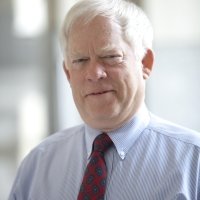
Robert Hathaway
Former Director, Asia Program, Woodrow Wilson Center; Former Public Policy Fellow, Woodrow Wilson Center

Indo-Pacific Program
The Indo-Pacific Program promotes policy debate and intellectual discussions on US interests in the Asia-Pacific as well as political, economic, security, and social issues relating to the world’s most populous and economically dynamic region. Read more
